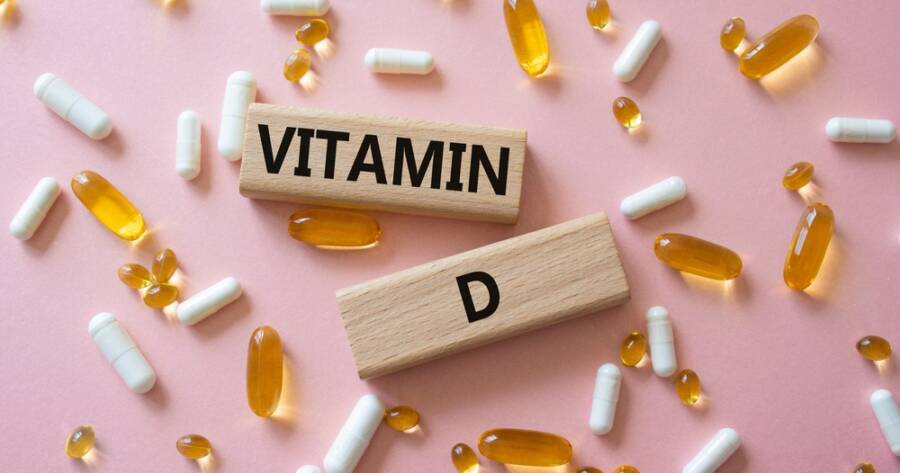Vitamin D is often called the “sunshine vitamin” because our bodies produce it when exposed to sunlight. It’s commonly included in multivitamins, so most people assume they’re getting enough. But recent research and health trends suggest that many Americans may still fall short—despite taking a daily supplement. If you’ve been feeling tired, moody, or noticing frequent illnesses, a closer look at your vitamin D levels might reveal a bigger issue hiding in plain sight.
The Problem with Multivitamins
Multivitamins are designed to cover a wide range of nutritional needs in one convenient pill. While that sounds great in theory, they often don’t go deep enough. In most cases, the amount of vitamin D included is around 400 to 800 IU (international units), which may not be enough for many adults—especially during winter months or for people who spend little time in the sun.
The form of vitamin D used in multivitamins is also important. Many include vitamin D2 (ergocalciferol), which is less effective than vitamin D3 (cholecalciferol), the form naturally made by your skin. Studies have shown that D3 is better absorbed and more efficiently raises vitamin D levels in the blood.
Why Americans Are Still Deficient
According to national health data, vitamin D deficiency remains common in the U.S., especially in northern states and among people with darker skin tones. Sunlight exposure plays a huge role—something that’s harder to come by if you live in a cloudy climate, work indoors, or wear sunscreen daily (which blocks the UVB rays needed to make vitamin D).
Diet alone rarely provides enough. Even foods considered “vitamin D rich,” like salmon or fortified milk, contain small amounts unless consumed in large quantities. In fact, a typical glass of milk has only about 100 IU of vitamin D. Unless you’re actively managing your intake, it’s easy to fall short.
Signs You May Need More Vitamin D
Vitamin D plays a key role in many areas of your health—from bone strength and immune function to mood and inflammation control. Some people can be low in vitamin D without any obvious symptoms, but others may notice signs like:
- Frequent colds or infections
- Low energy and fatigue
- Muscle aches or joint discomfort
- Feeling down or depressed
If these issues feel familiar, it’s worth asking your doctor for a blood test. A simple 25-hydroxy vitamin D test can reveal your levels and help determine if you need more than a daily multivitamin provides.
Strategies for Optimal Vitamin D Levels
Getting your vitamin D levels up isn’t just about supplements—though they can help. A balanced strategy can include:
- Sunlight exposure: Aim for 10–30 minutes of midday sun a few times a week, depending on your skin tone and location. Short bursts of sunlight on bare arms or legs can make a big difference.
- High-quality supplements: Consider taking a standalone vitamin D3 supplement if your blood levels are low. Many doctors recommend doses between 1000–4000 IU daily, but some people may need more based on individual factors.
- Dietary support: Add foods like fatty fish (e.g., sardines, salmon), egg yolks, and fortified cereals. They won’t replace supplements but can give you a helpful boost.
- Pairing with fat: Since vitamin D is fat-soluble, taking it with a meal containing healthy fats (like avocado or olive oil) can improve absorption.
Always talk to your healthcare provider before starting high doses, especially if you take other medications or have medical conditions.
Getting the D You Deserve
Many people assume a multivitamin is all they need to stay healthy—but when it comes to vitamin D, that approach might be leaving you short. With its wide-ranging effects on your bones, mood, and immune system, optimizing your vitamin D levels can make a real difference in how you feel every day.
The good news? It’s easy to test, simple to treat, and worth the extra effort. You may be just one sunbeam—or supplement—away from feeling better than ever.
